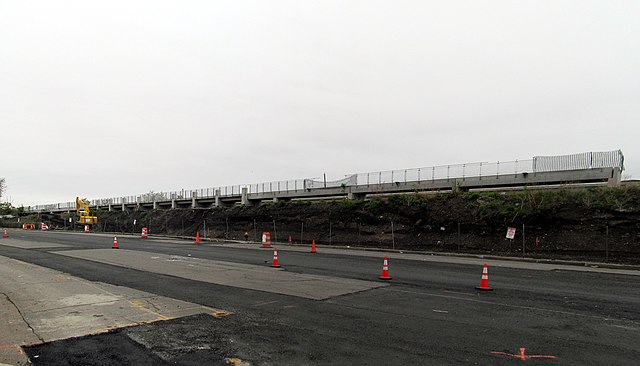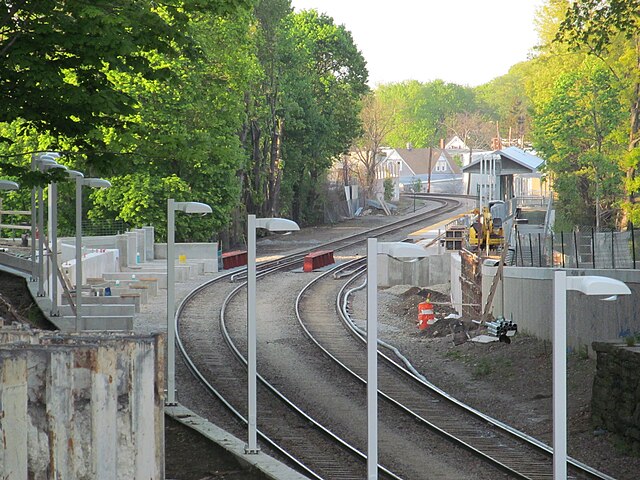jonnhrr wrote:Shifted north a few feet towards the other end of the parking lot, with crossovers moved so trains can peel off to Franklin or NEC/Route 128 as they please and CSX can avoid the high platforms for the reverse move into Readville (Walpole-Readville is a wide clearance route). Current platform's only 4 cars long, which won't cut it for future service levels so some work and shifting of the crossovers is required for any upgraded station they choose to do on that side. Even if they opt to keep the current one.I know it's a separate funding appropriation, but I've seen absolutely nothing about them seeking money or schedule to raise the platforms at Fairmount and Readville (or do their preferred move of shifting Readville onto a separate 2-track island so Franklin express slots can use the existing platform without being constrained by turning trains). I would think having full level boarding and being able to use the automatic door coaches is a significant enough part of the "rapidness" of the transit that there'd be a little more urgency to finish that job at the 2 outer stations. But I've seen nothing for plans outside of some nebulous desire to eventually get around to it.Where would that Readville 2 track island be built?
Jon
It looks like there's enough space to demolish the current platform, put in an island starting at the tip of the Hyde Park Ave. underpass and going north at full 800 ft, length, and stick the crossover just south of the platform for splitting off on the NEC or Franklin and for peeling freights out onto yard track so they don't abut the high platform.



